Write in Scientific Notation Worksheet
Scientific notation is a mathematical concept used to express numbers in a concise and standardized format. It is a tool commonly used by scientists, mathematicians, and those studying fields that require precise calculations and measurements. This blog post will provide an introduction to scientific notation and offer a worksheet to practice converting numbers into this format.
Table of Images 👆
- Scientific Notation Worksheet
- Scientific Notation Rules Worksheet
- 6th Grade Scientific Notation Worksheet
- Expanded Form with Decimals Worksheets
- Math Diagram 5th Grade
- 3rd Grade Math Worksheets Decimals
- Algebra 1 Radicals Worksheet
- Writing and Solving Equations Worksheet
- 8th Grade Math Pre-Algebra
- 6th Grade Math Problems Worksheets
More Other Worksheets
Kindergarten Worksheet My RoomSpanish Verb Worksheets
Cooking Vocabulary Worksheet
DNA Code Worksheet
Meiosis Worksheet Answer Key
Art Handouts and Worksheets
7 Elements of Art Worksheets
All Amendment Worksheet
Symmetry Art Worksheets
Daily Meal Planning Worksheet
What is scientific notation?
Scientific notation is a way of expressing very large or very small numbers in a concise and standardized format. It involves writing a number as the product of a coefficient (a number between 1 and 10) and a power of 10. This notation is commonly used in scientific and mathematical calculations to simplify the representation of extremely large or small numbers.
How do you convert a number to scientific notation?
To convert a number to scientific notation, move the decimal point in the number so that there is only one non-zero digit to the left of the decimal point. Then multiply this new number by 10 raised to a power that represents the number of places you moved the decimal point. If you moved the decimal point to the left, the power is positive; if you moved it to the right, the power is negative. This will give you the number in scientific notation.
How do you represent a positive power of 10 in scientific notation?
To represent a positive power of 10 in scientific notation, you write the base number (which should be greater than or equal to 1 and less than 10) multiplied by 10 raised to a positive exponent. For example, if the base number is 5 and the exponent is 4, you would represent it as 5 x 10^4.
How do you represent a negative power of 10 in scientific notation?
To represent a negative power of 10 in scientific notation, you would write the number as a decimal between 1 and 10, and then multiply it by 10 raised to the negative power. For example, to represent 0.0001 in scientific notation, you would write it as 1 x 10^(-4).
How do you perform addition or subtraction with numbers in scientific notation?
To add or subtract numbers in scientific notation, first make sure the exponents of the numbers are the same. If they are not the same, adjust one or both numbers so they have the same exponent. Then, add or subtract the coefficients while keeping the exponent the same. Lastly, simplify the result by rewriting it in scientific notation if necessary.
How do you perform multiplication with numbers in scientific notation?
To multiply numbers in scientific notation, you first multiply the numerical values together and then add the exponents of the powers of 10. For example, to multiply 3.2 x 10^4 and 2.5 x 10^3, you would first multiply 3.2 and 2.5 to get 8.0, and then add the exponents (4 + 3) to get 10. So, the result would be 8.0 x 10^10.
How do you perform division with numbers in scientific notation?
To perform division with numbers in scientific notation, you first divide the coefficients (the numbers before the "x10^") and then subtract the exponents of the powers of 10. For example, to divide 4.5 x 10^3 by 2.5 x 10^2, you would first divide 4.5 by 2.5 to get 1.8, and then subtract the exponents (3 - 2) to get 10^1, so the result would be 1.8 x 10^1 or 18 x 10^0.
How do you express very large numbers in scientific notation?
To express very large numbers in scientific notation, you first write the number as a decimal between 1 and 10. Then, multiply this decimal by a power of 10 that represents how many places the decimal point needs to be moved to get back to the original number. This power of 10 is typically written as 10 raised to a certain exponent. For example, the number 25,000,000 would be expressed in scientific notation as 2.5 x 10^7.
How do you express very small numbers in scientific notation?
To express very small numbers in scientific notation, you write the number as a decimal between 1 and 10, multiplied by a power of 10. For example, 0.000025 in scientific notation would be written as 2.5 x 10^-5 where 2.5 is the decimal between 1 and 10, and -5 is the exponent indicating how many places the decimal point needs to be moved to the left to represent the original number.
What are some real-life examples where scientific notation is used?
Scientific notation is commonly used in fields like astronomy to express incredibly large or small numbers, such as the distance between galaxies or the size of atoms. It is also used in physics to represent measurements involving very large or very small quantities, such as the mass of subatomic particles or the speed of light. In engineering, scientific notation is used to express values for electrical currents, voltages, and resistances, as well as in chemistry for representing molecular weights and reaction rates. Additionally, scientific notation is commonly used in financial calculations, like representing large numbers in corporate profits or national debts.
Have something to share?
Who is Worksheeto?
At Worksheeto, we are committed to delivering an extensive and varied portfolio of superior quality worksheets, designed to address the educational demands of students, educators, and parents.

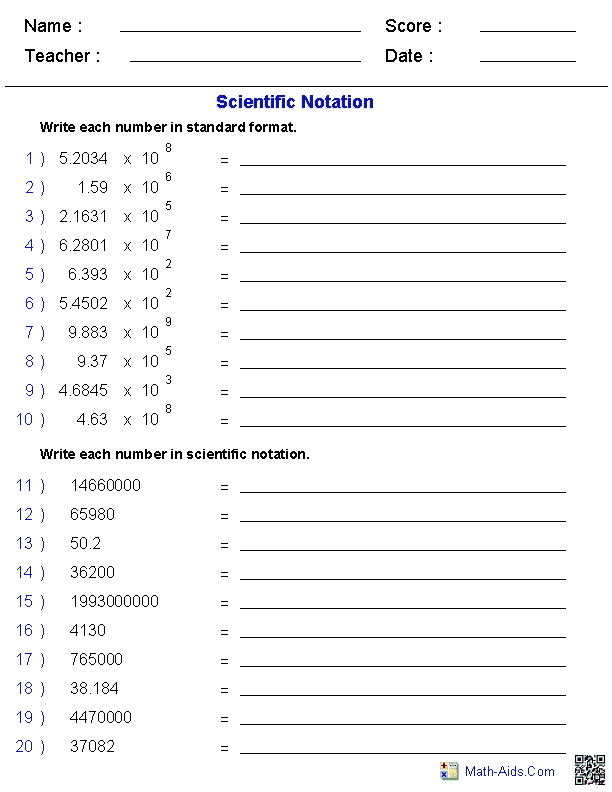



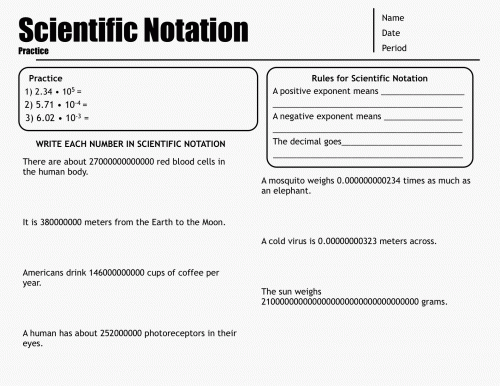
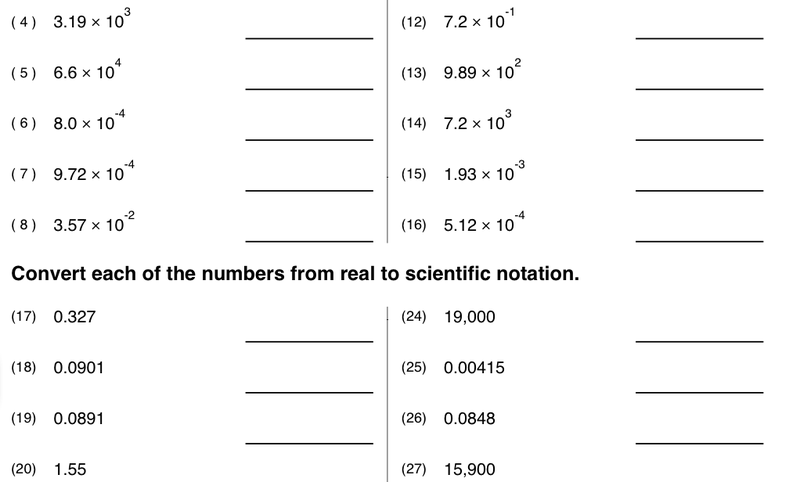

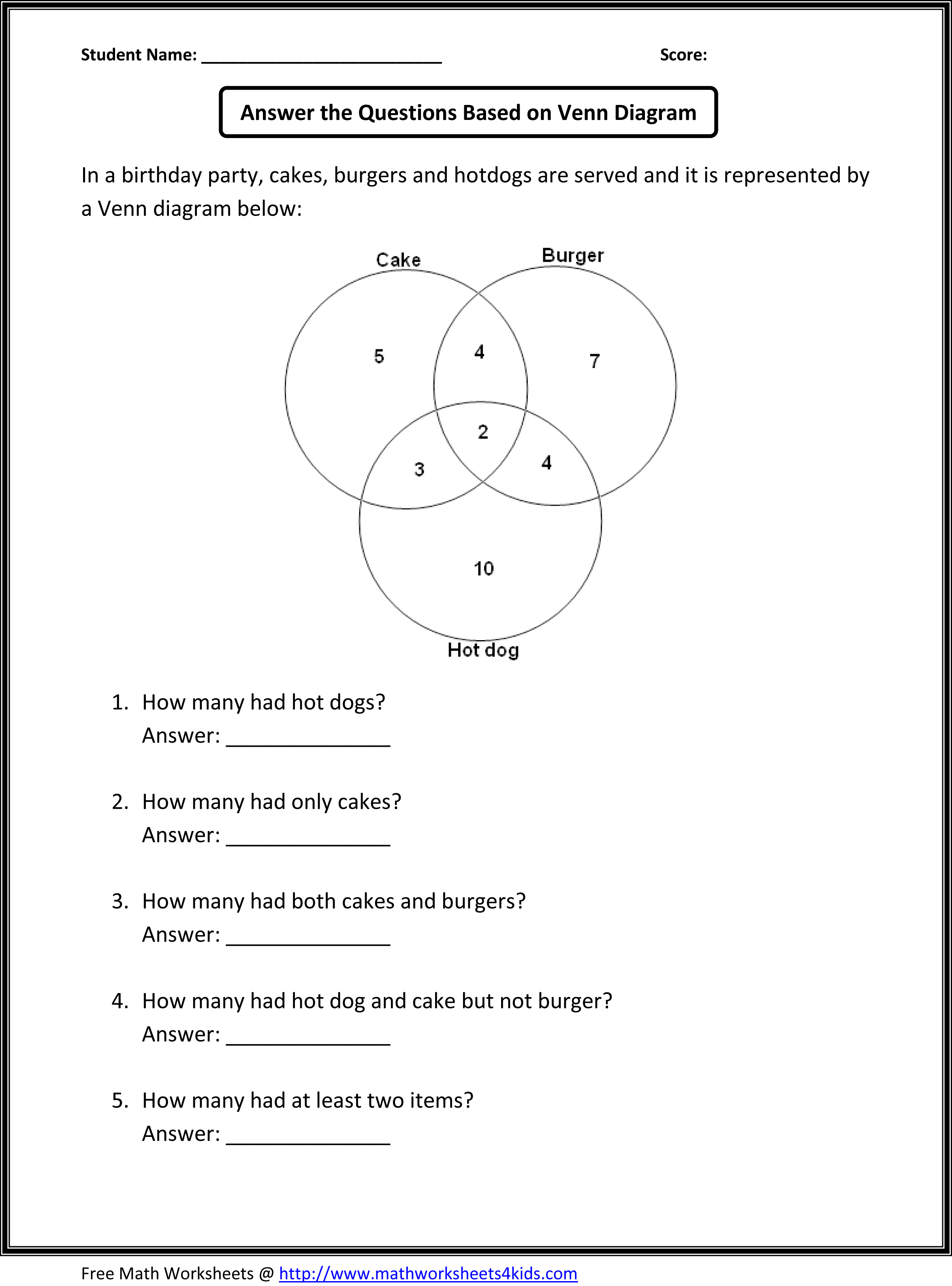
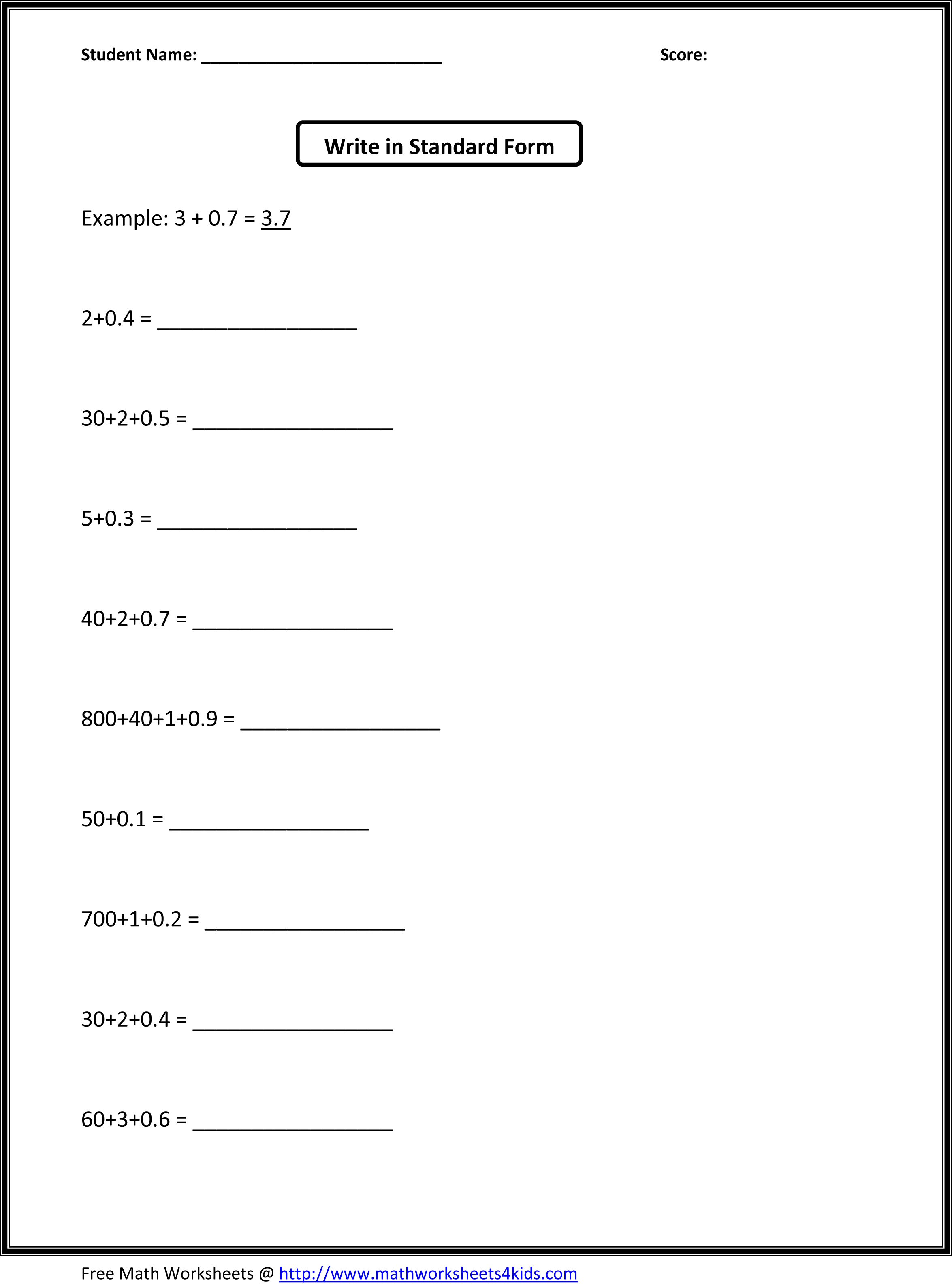


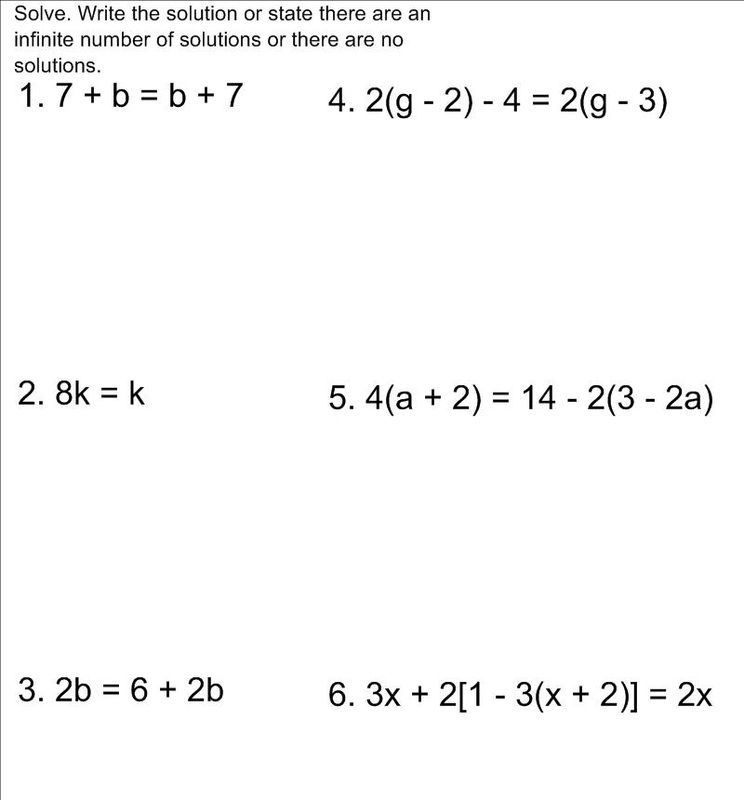
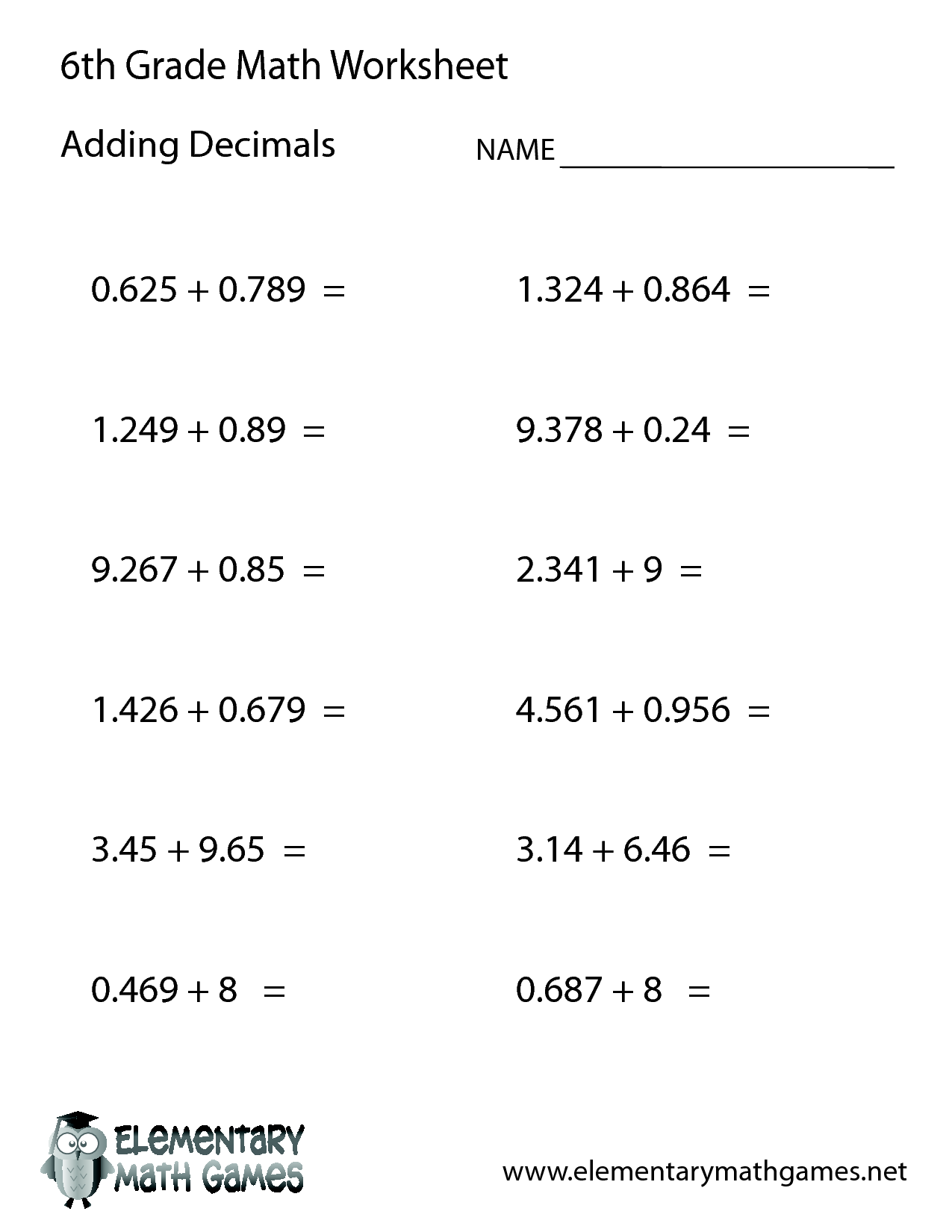

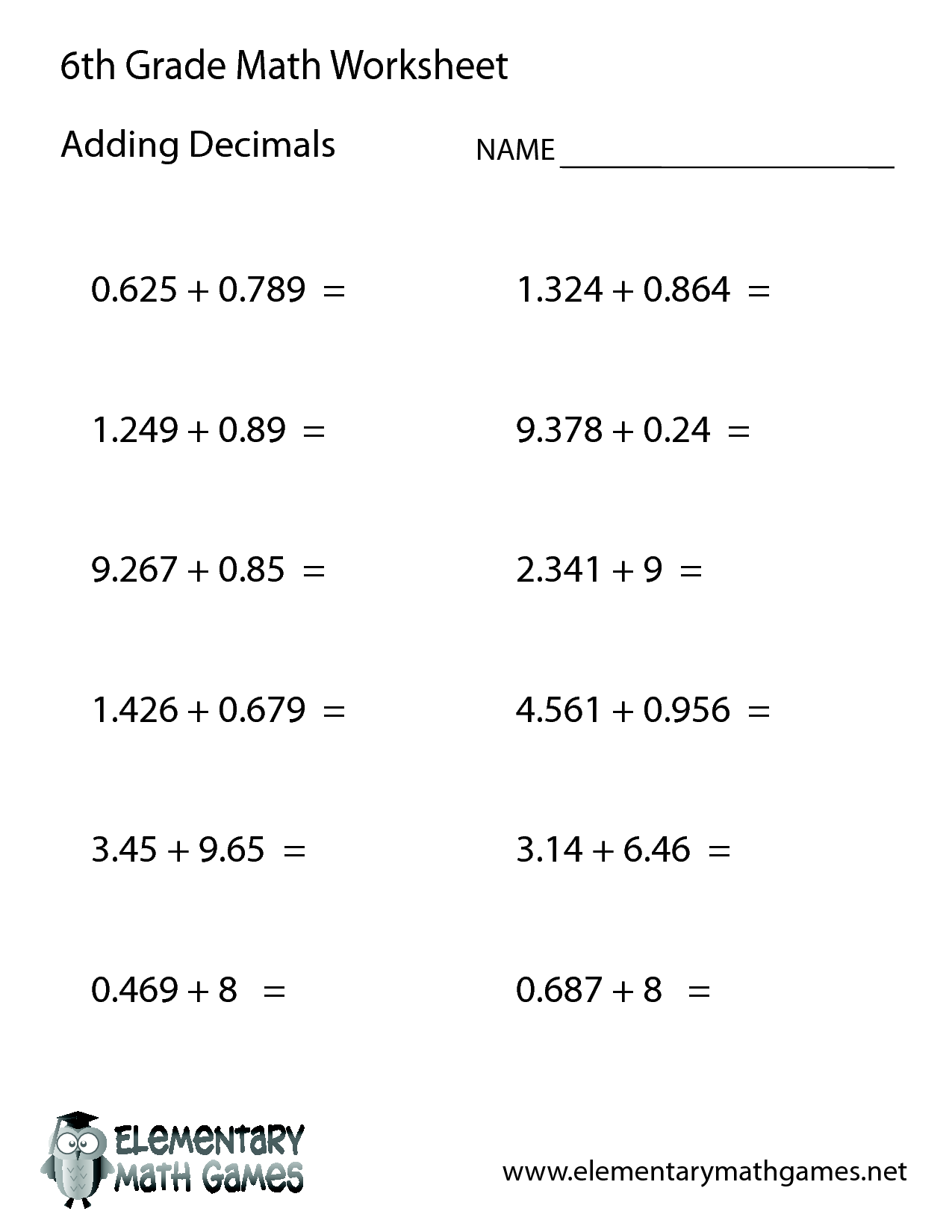
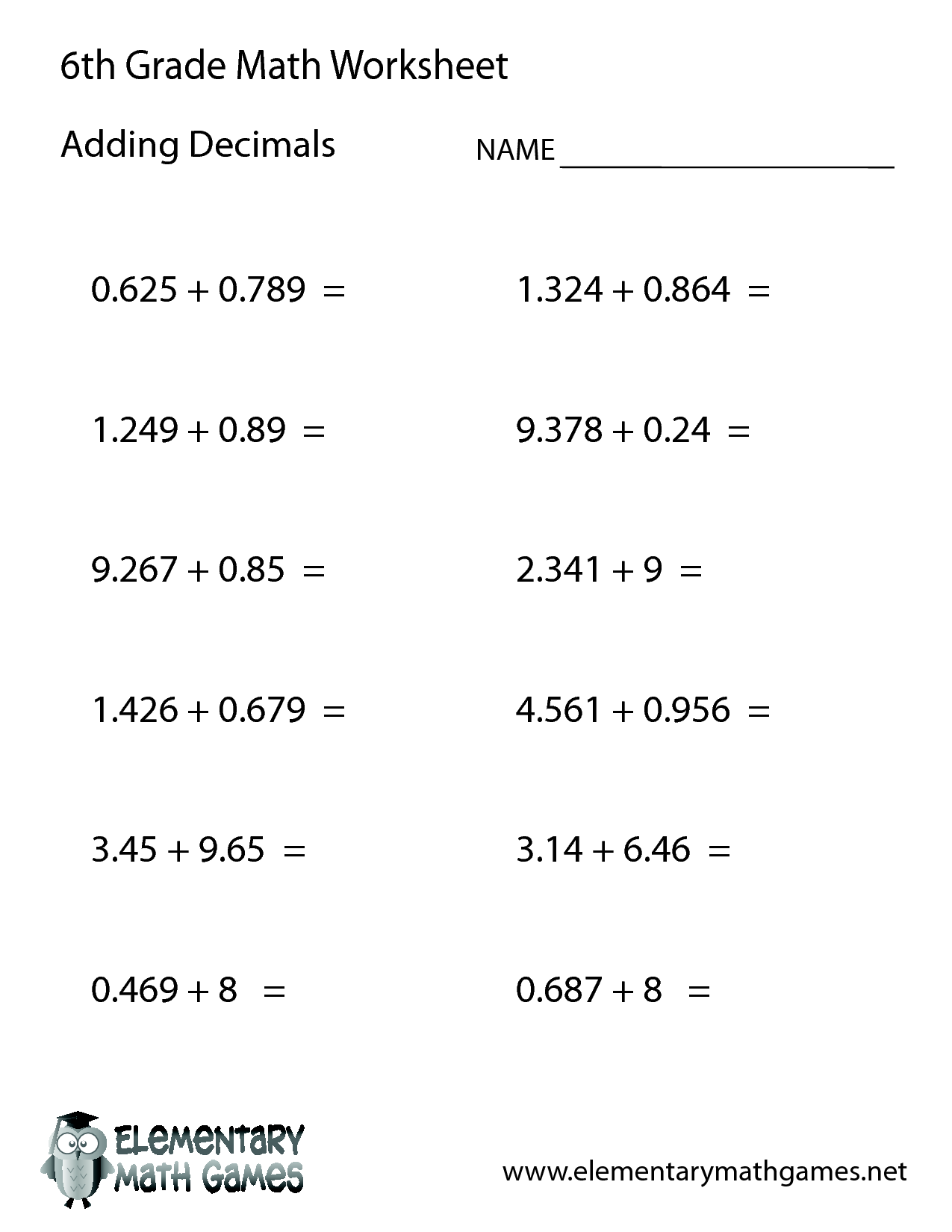
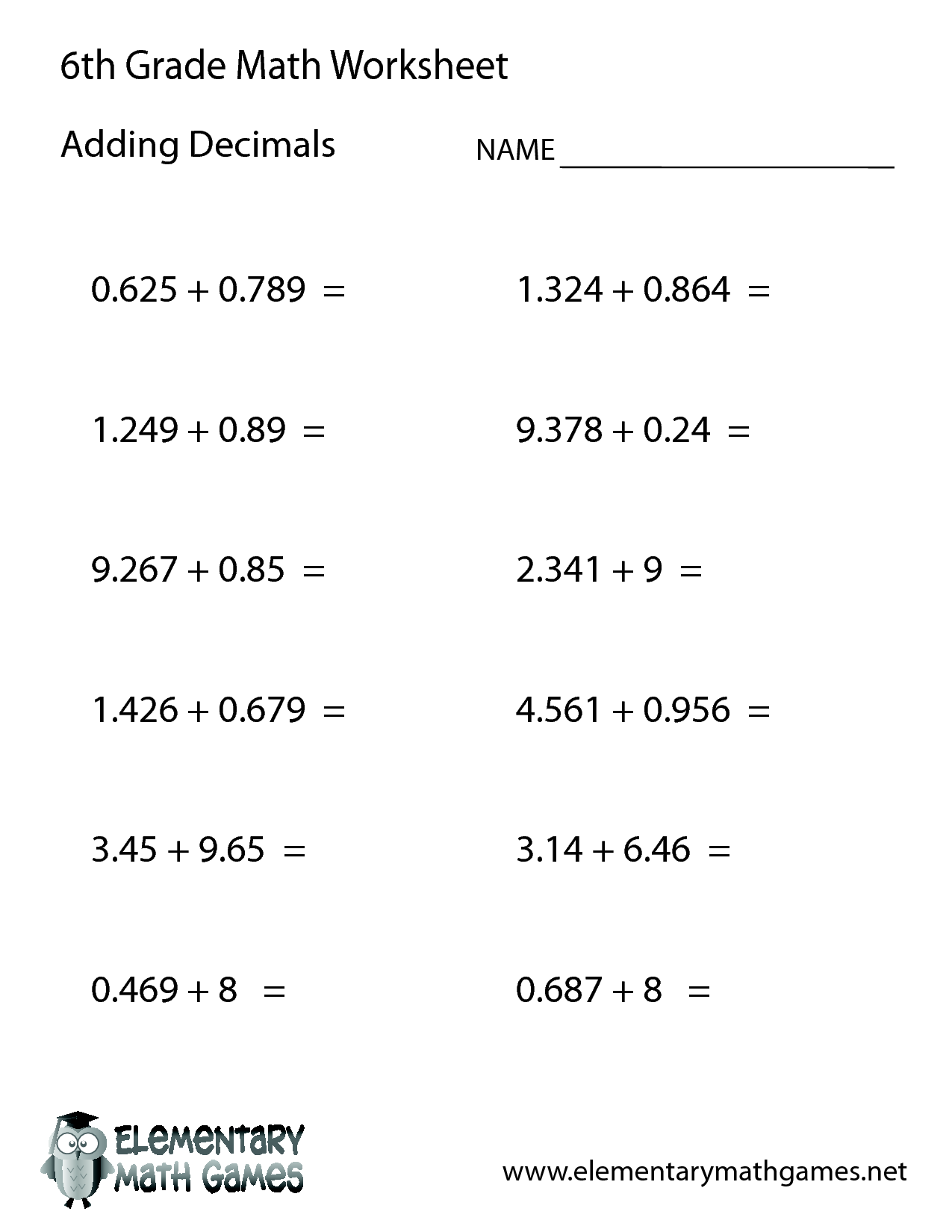
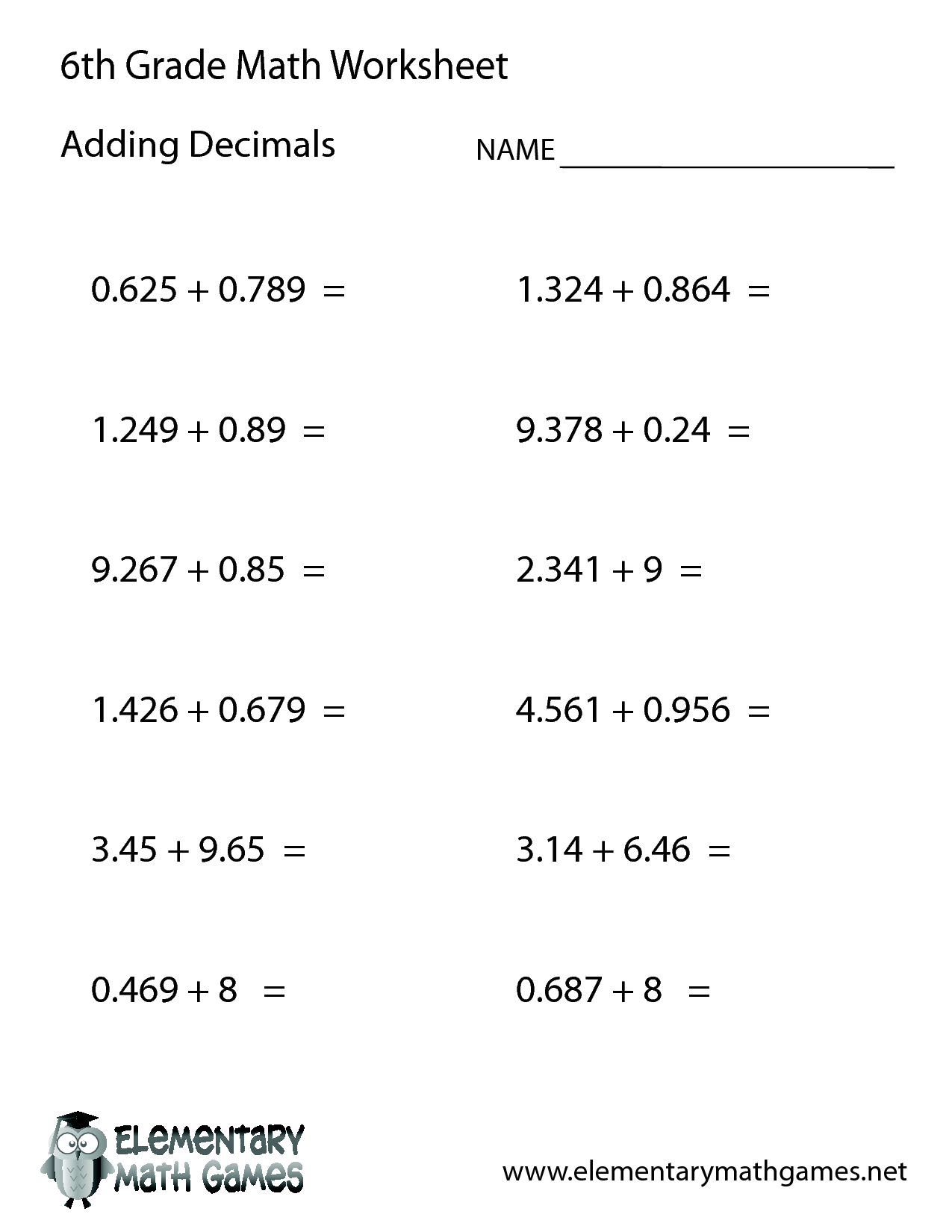
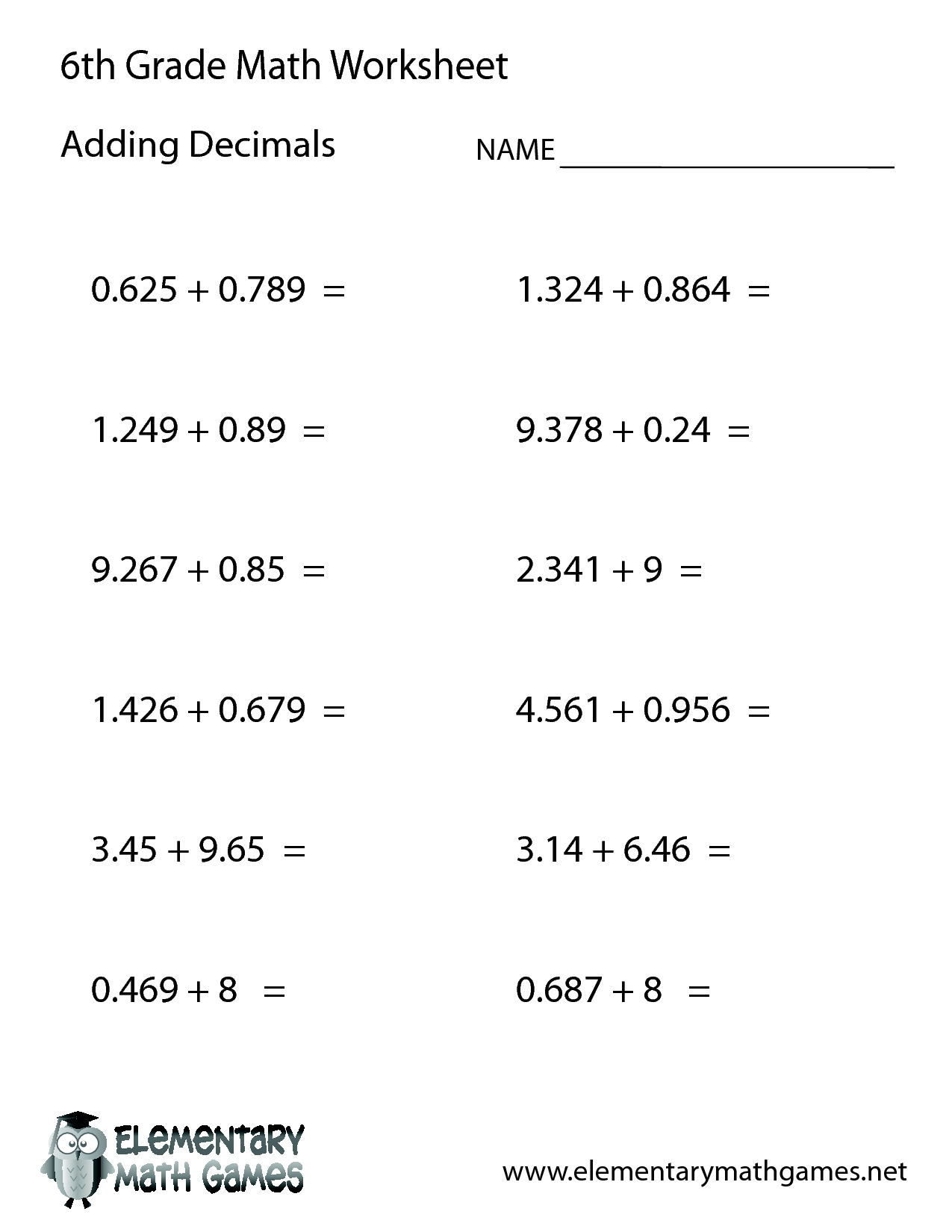














Comments